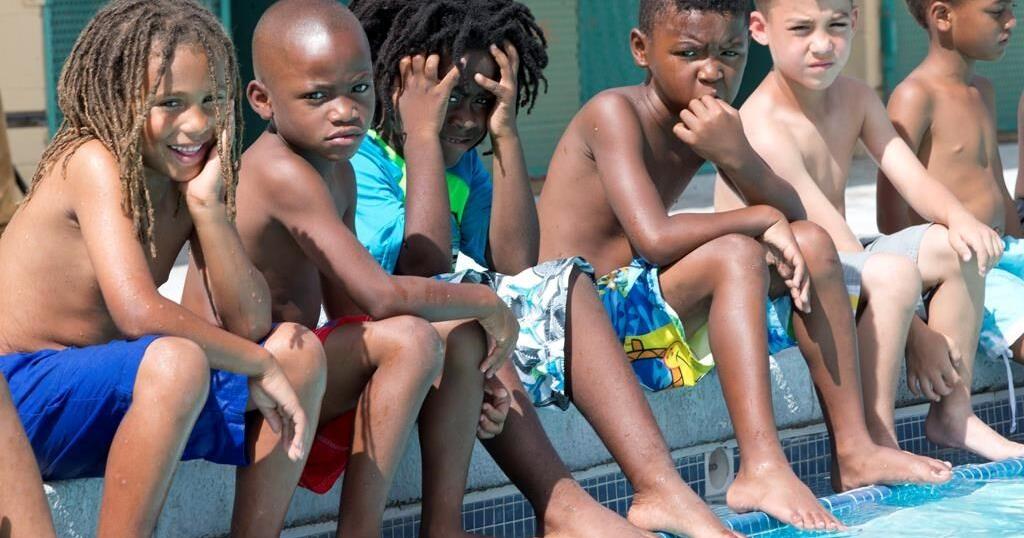TORONTO – Joey Votto was sad to end his comeback bid to play for his hometown Toronto Blue Jays, but the 40-year-old first baseman could not ignore that his game was no longer at a Major League level.
Votto surprised the Blue Jays and their fans on Wednesday by announcing his retirement on social media moments before the first pitch of Toronto’s 11-7 loss to his old team, the Cincinnati Reds.
“I have zero regrets,” Votto said. “I’m not regretful, but I’m saddened, genuinely saddened. You know, I’m going to be a one-team guy when it’s all said and done. Now, I’m going to be a career Cincinnati Red.
“But to the Reds’ fans, I wanted to play a year in Toronto, at home, in front of family, in front of my country.
“I desperately wanted to participate in games here.”
Votto drove from Buffalo to Rogers Centre to say goodbye to his former Reds teammates.
He signed with his hometown Blue Jays in spring training but suffered an ankle injury.
As his ankle mended, he watched the Blue Jays play every night on television to get to know what he hoped would be his future team. But the recovery process was snail-like, so he stopped taking in Toronto’s games.
He then began a rehab assignment with Triple-A Buffalo a few weeks ago amid speculation he would make his Toronto debut against the Reds this week. But he never got on track with the Bisons, hitting .143 in 15 games.
Two nights ago in the Buffalo area, he met with his family over dinner. He knew then his comeback bid was going to end this week.
“I just decided, you’ve played long enough you can interpret what’s going on,” Votto said. “And I was awful. I was awful down there.
“The trend was not fast enough, and I didn’t feel at any point in time like I was anywhere near Major League ready.”
Votto revealed he was asked before his final Bisons game on Wednesday if he was available to pinch hit. He turned down the possible opportunity.
“I’m passing on professional at-bats,” he said. “That’s enough. That’s enough.”
The retirement decision caught the Blue Jays off guard.
Manager John Schneider found out just before his team took to the field and swiftly built a 6-0 lead on homers from George Springer, Spencer Horwitz and Ernie Clement.
“Our Triple-A hitting coach Ryan Long was here on Monday, and we talked about [Votto], and he was still working his ass off,” Schneider said.
“What a unique player, a wonderful person. And he’s been a great teammate his entire career. It was cool to get to know him a little bit.”
As the buzz of Votto’s announcement began circulating among the 27,057 fans at Rogers Centre, Springer slammed his 60th career leadoff homer as Toronto (59-68) built the early 6-0 lead.
The Reds (62-65) responded with 11 straight runs, highlighted by a five-run fifth and a three-run sixth. Noelvi Marte, India hit and Elly De La Cruz hit homers.
Blue Jays starter Yariel Rodriguez went 4 1/3 innings, giving up five runs on six hits with two walks and six strikeouts. Cincinnati’s Nick Martinez also went 4 1/3 innings, giving up six runs.
Toronto reliever Brendon Little (1-2) was on the hook for the loss with Reds reliever Emilio Pagan (3-3) registering the win.
Votto won National League MVP honours in 2010. The six-time all-star finished his career with a .294 average, 2,135 hits, 356 home runs and 1,144 runs batted in.
“He had a hell of a career,” Reds catcher Tyler Stephenson said. “It was an honour to get to know him as a friend and as a player.
“He’s an all-time great. I grew up watching him, I was in high school. Here we are and I got to be a teammate with him.”
Votto doesn’t have any immediate plans with the retirement decision so fresh.
He has been taking online university courses, working toward a Bachelor of Spanish degree. He plans to resume his studies this fall.
But now it appears time for him to reminisce about his career.
“I saw (Canadian) Scott Thorman today (in Buffalo), who works with the Kansas City Royals,” Votto said. “He was the guy as a high schooler who was a first-round pick. I dreamed of being him, signed for some money.
“He was an Atlanta Brave. He was trending in the right professional direction. On the last day of my career, the guy I wanted to be, I see him.
“I am just so humbled by where this game has taken me.”
This report by The Canadian Press was first published Aug. 21, 2024.

























